-
Everything You Should Know About Growing Lavandula From Seeds
Lavandula, also known as lavender, is a popular herb that’s widely used for its fragrant flowers and essential oils. The Lavandula plant has been cherished for its stunning beauty, as well as its therapeutic properties. It is often used to treat skin conditions such as eczema and can also be used as an aromatherapy treatment. Its calming and soothing properties make it a great choice for a calming and relaxing atmosphere in the home or office.

The Lavandula plant is an herbaceous evergreen perennial, a member of the mint family. It is native to the Mediterranean but can be grown in many climates. It is a hardy plant and is relatively easy to care for. It requires full sun and well-drained soil and needs to be pruned regularly to prevent it from becoming too large.
The Lavandula plant produces a stunning array of blue, purple, and pink flowers that have a sweet, delicate scent. Lavender is often used in bouquets, as well as potpourris and sachets. It has also been used for centuries as a perfume and in aromatherapy treatments. Lavender is also used in various culinary dishes, such as lavender scones, and can be used as a garnish.
Here is a step-by-step guide on how to grow lavender from seed:
Choose the right type of lavender: Not all lavender varieties can be grown from seed, so make sure to select a variety that is appropriate for your climate. You can also purchase a suitable variety of Lavandula seeds online.
Prepare the soil: Lavender grows best in well-drained soils, so make sure to amend the soil with compost or other organic matter.
Plant the seeds: Plant the seeds about 1/4 inch deep in the soil and keep them moist.
Give the seeds light: Lavender likes full sun, so make sure to give the seedlings at least 6 hours of direct sunlight per day.
Thin the seedlings: When the seedlings reach a few inches in height, thin them out to give the strong plants room to grow.
Water the plants: Lavender needs to be watered regularly, but don’t overwater, or the roots will rot.
Fertilize: Lavender likes a light application of fertilizer every few weeks.
Harvest the flowers: Lavender blooms from mid-summer to fall, so make sure to harvest the flowers for their fragrant oils and use them in sachets and other recipes.
Following these steps will help you grow a beautiful and fragrant lavender plant from seed. With patience and care, you’ll be rewarded with a lovely addition to your garden.
Conclusion
The Lavandula plant is a wonderful addition to any garden or home. Its fragrant scent and stunning beauty make it a favorite among gardeners and florists alike. Whether you are looking for an easy-to-care-for flowering plant or an aromatherapy treatment, the Lavandula plant is sure to provide you with beauty and relaxation.
-
How to Grow Vinca in Pots?
A common bedding plant or ground cover is the annual Vinca (Catharanthus roseus), the flowering plant. Vinca, a renowned vine known for its vibrantly colored blossoms and trailing behavior, may be cultivated effectively in containers. Vinca grows beautifully in pots, suspended baskets, window frames, elevated gardens, or paired with companion shrubs. Vinca brightens up patios, terraces, decks, and balconies while luring pollinators. Placement of the container should be taken into consideration as ingestion of Vinca can be hazardous to both people and pets.
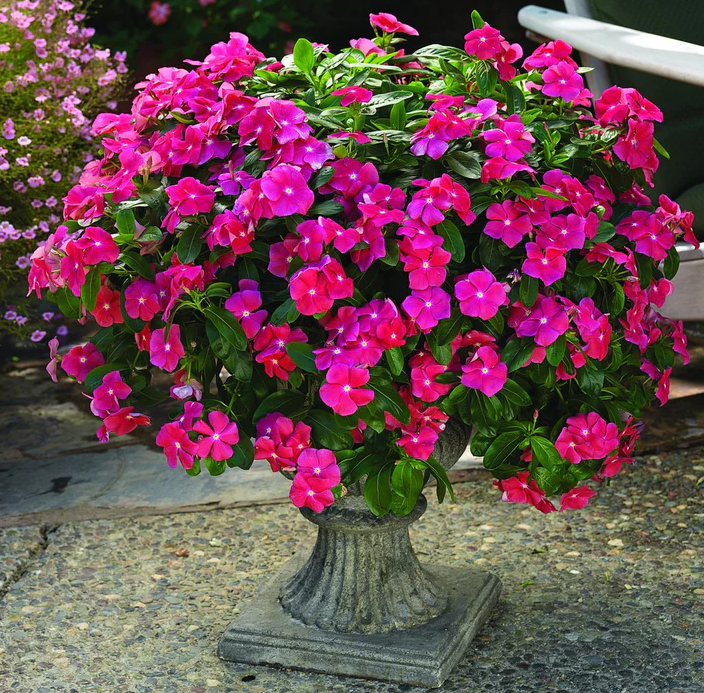
The flower vinca can withstand both drought and high temperatures. Cooler temperatures can be challenging for the plant. Vinca is best planted when the risk of frost has passed and the late-night lows are still higher than freezing. In some regions, this might not happen until April or May. Select a location that might receive daily partial to full solar exposure. Growing Catharanthus roseus (Vinca) in a pot is very simple. You can find Vinca seeds for sale and grow them.
This quickly expanding plant will quickly outgrow its container. Every 6 to 8 weeks, transfer the plant to a larger pot for optimal results. Avoid starting with a largely-sized container since the plant will receive too much water, and it might cause the root to rot. The container should be made of resin or plastic and have adequate drainage openings.
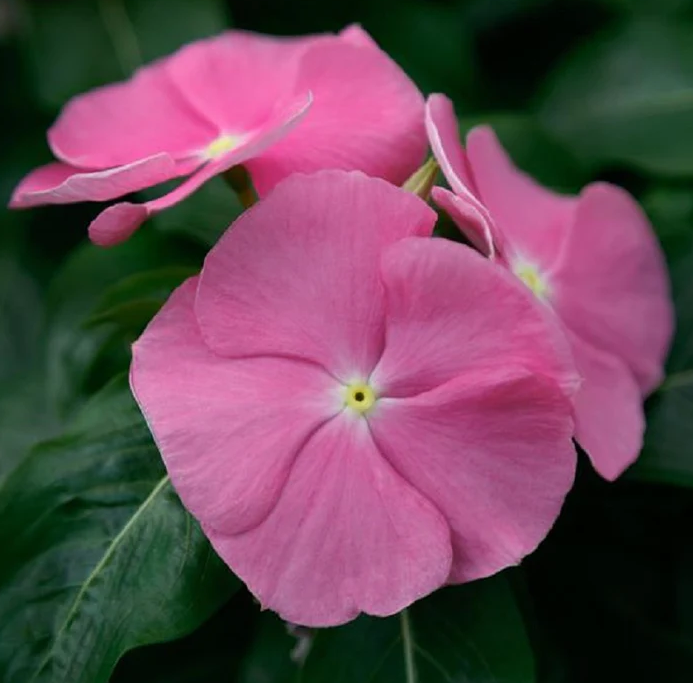
Vinca is a plant that needs very little upkeep and little attention. Plant the bloom in high-quality, well-draining potting soil. To improve drainage, you might amend the soil with some peat moss. Garden soil should be avoided because it won’t drain properly. This plant needs moist soil, but it must not be submerged in water. Before planting, you can improve the drainage by placing rocks on the lower side of the container.
Vinca grows fairly well in pots and often requires no maintenance. Make sure that container you select has good drainage. Vinca plants need watering once that two inches of topmost layers of soil seem dry. A position with daily medium to bright sunlight should be chosen for the pot. Vinca grows quickly, so if it starts to get too lanky, you may be required to clip it off.
Vinca prefers soil that is consistently moist. Once they are planted, flowers normally require watering twice a week. You should water the plant according to the basic guideline that says to water it when the soil is dry to touch at the upper two inches. There is no need for water addition if the Vinca receives consistent rains. Remember that plants in pots typically dry out much more quickly. Due to its dislike of having moist roots, make sure the pot you purchase contains holes for drainage.
Hopefully, you can now successfully grow your Vinca in pots. Choose high-quality vinca seeds and take proper care of them for the best results.
-
Popular Flowers to Keep and Grow
A colorful garden with vibrant varieties of flowers and alive with significant expressions is a preference of several individuals. Today, we shall mention some of the most popular flowers that can instantly enhance the beauty of your garden. You can pick any of these flowers or all of them to plant in your garden and make it more inviting for the viewers. Let’s have a look at them.
Petunia
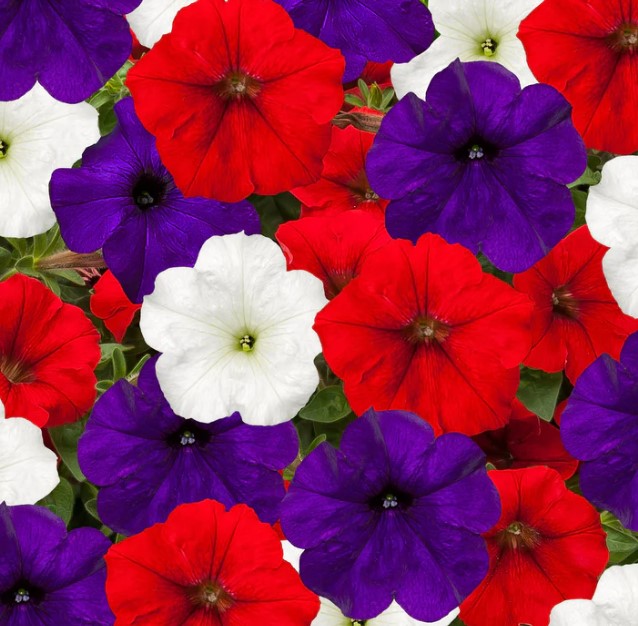
These are gorgeous adaptable annuals. Petunias can be grown in your garden to be used in borders, groundcovers, containers, hanging baskets, and more. You can plant petunia seeds in full sunlight as they might not bloom properly under the shade. Trailing petunia seeds grow well in most varieties of soil. However, you can make sure that you have used light soil that is sufficiently fertilized and has proper drainage.
Lily
Numerous emotions are reflected in the hues of lilies. For instance, orange lilies stand for hostility, white for holiness, and yellow for aviation. The stem of lilies are tall, slender leaves, and gorgeous flowers. There could be found more than four thousand different varieties of lily. Lilies are now been grown by people for several centuries now. People in ancient civilizations used lilies for both decorative and therapeutic properties.
Daisy
The daisy, a close relative of the sunflower, is widespread around the world. Although they are frequently produced for commercial purposes, these flowers are actually considered weeds because of their profusion. Nevertheless, they continue to be well-liked garden flowers because of their aesthetic appeal. They stand for affection, chastity, and kindness. Daisies with vivid, brilliant petals are placed in a circle.
Lilac
Lilacs have historically been used to symbolize both new and first loves. They are frequently utilized in wedding decor. These plants, which are technically shrubs or small trees, offer beauty to garden borders with their lush leaves and light purple flowers. Although they may grow in a variety of regions, lilacs are best famous for being European wildflowers.
Rose
One of the most loved flower varieties in the world is the rose. Roses are available in different colors and each color has its own significance. You can plant any variety of roses in your garden to enhance their beauty.
Sunflower
Sunflowers are pretty simple to grow which makes them popular among people. Sunflower has a sizable circle in their middle with petals surrounding them. And the unique characteristic of the sunflower is to turn its face towards the Sun. One of the best flowers you can add to your garden is the sunflower. They won’t only add beauty to your garden but you can also consume its seed and oil.
These are some of the most popular varieties of flowers that you can grow in your garden. Grow beautiful flowers in your garden and ensure the appealing beauty around you.
-
What are the Different Varieties of Petunia?
The simplicity and assortment of delicate petals in various colors of Petunia have been major reasons behind the increasing popularity of Petunia among flower lovers. As a garden owner or a simple plant lover, you get the freedom to choose from a variety of Petunia on the basis of your preferences. It is not a surprising fact that beautiful plants can completely transform the spirit of your house or garden. There is no better way to decorate your space than planting flowers.
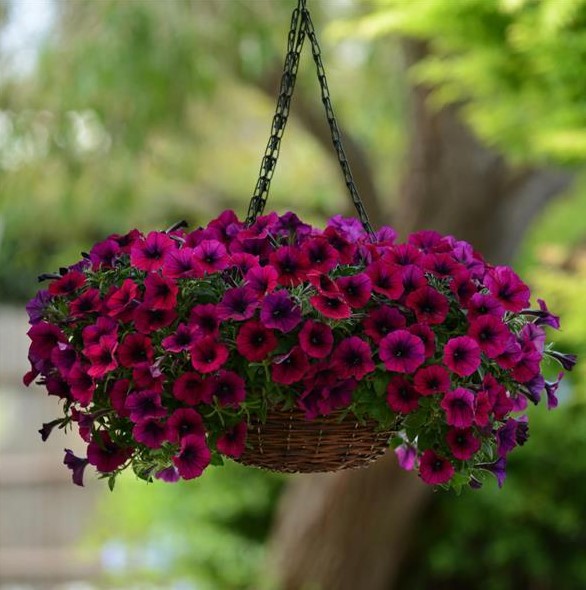
Petunia can be simply grown from petunia seeds or trailing petunia seeds. And, it is going to be appropriate for any kind of setting like a garden, terrace, or balcony. Petunias are members of the Solanaceae family. If we translate the name of Petunia from Brazillian, it is translated to “tobacco”. Petunia originally came from the South American forest. The stem of the plant is weak; hence, they branch finely. The roots of Petunia are shaped as rods and they are not located fat from the earth’s surface. The distinguishing feature of the Petunia is its stem which is erect, undersized, and creeping. However, there are cultivars that have tall shoots.
Since more than 200 years ago, petunias have been distinguished on the basis of the shape of the bush. The following are the different varieties found in Petunia:
Bush Variety

One of the widely spread subgroups of petunia is the bush variety. The primary characteristic of the variety is its color. If you are searching for a good option for the decoration of your flower bed, then bush Petunia could be an ideal choice. The best possible ways to plant this particular variety are in boxes, hanging baskets, and flower pots.
Multiflora variety
In this variety of petunia, there are heavily covered flowers with smaller stems. The inflorescences of this type of petunias have a 5-centimeter diameter. They look like small bushes beautifying the area from the month of May to October. Multiflora petunia can survive well in most conditions like dry weather, hot weather, rain, and cold as well.
Milliflora variety
This variety of petunia is remarkably diminutive in size. Their diameter ranges from 2 to 4 centimeters. However, the number of flowers on the stem is vast which ensures that the flower bed is covered properly and makes a vibrant carpet-like look. This variety could be an ideal choice for the flower bed, making beautiful trails along the path. The simplicity, abundance, and length of the variety are crucial benefits.
Grandiflora
This variety of petunia is specifically meant to astound viewers with beautiful flowers. Tall and undersized individuals in the cluster range in stem height from 50 to 70 centimeters. Your verandas, terrace, and balcony can be well decorated with double and plain petal variety. These are a few renowned varieties of petunia that you can grow. Growing petunia can definitely enhance the aesthetics of your house and you can enjoy the appealing beauty.
-
Steps to grow Ranunculus From Seeds
Undoubtedly roses are timeless, but Ranunculus is another glorious beauty in the world of flowers that must be a part of your garden. Ranunculus is absolutely gorgeous and their vividly colored petals can add an elegant touch to your garden or any other space where you grow them.
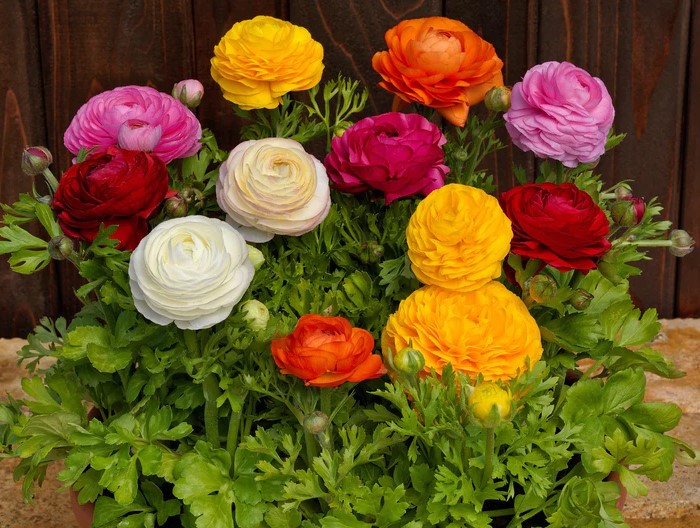
If you are planning to grow Ranunculus flowers, then we must tell you that it is not going to be a difficult task. The best way to grow Ranunculus is to grow them from seeds.
It is important to understand the ideal conditions to grow Ranunculus seeds before you finally grow them. The ideal climate for Ranunculus is cool and temperate. You should grow them under the full sun; however, they can also bloom in partial shade. If you are planning to grow Ranunculus indoors, then you can find a location near the window for them.
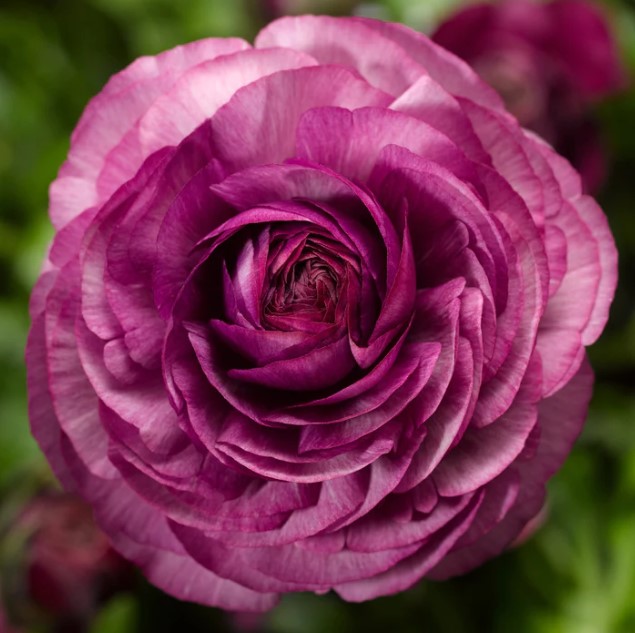
If we consider the ideal soil type for Ranunculus, then they need rich soil with organic matter that allows drainage as well. Ranunculus generally prefers consistent moisture but it could not endure wet conditions. If your region frequently experiences droughts, then you can consider growing Ranunculus in containers or raised beds. Besides seeds, Ranunculus can also be grown from corms.
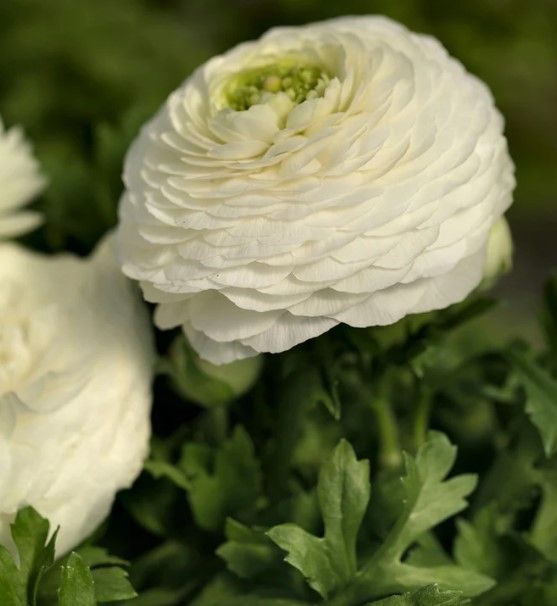
The following are some steps that you can follow to grow Ranunculus from seeds:
First step
You can start your preparation with a seed-starting mix and then pour them into containers. As you pour the mix, leave a gap of one inch at the top. Now you can gently press the mixture down and water it; however, do not make it too soggy, the mixture should be just moist. The pot you use must have holes at its bottom to support drainage. Drainage ensures the prevention of fungus diseases in your Ranunclus.
Second step
Leave an inch between your seeds as you sow them and sow them on the surface of the soil. There is no need for soil coverage as Ranunculus seeds require light for germinating. For gentle watering, you can use a spray bottle. Buy seeds from the current season to ensure that most of them germinate and bloom.
Third step
You should place your pot in a spot where proper warmth and sunlight reach. Do not forget to check the water in the soil to make sure that it does not dry out. You are likely to get a glimpse of a seedling in a few weeks. As you see the sprouts, you may start to thin them out and ensure that only strong seedlings survive.
Fourth step
After six inches of growth, you can transplant your Ranunculus seedling into your garden. The best location for your Ranunculus plant is wherever it gets direct sunlight.
After this, you can take proper care of your Ranunculus flowers until they bloom and then enjoy their view. You can cut them and place them indoors to enjoy their fresh fragrance and beautiful colors.
-
A Beginner’s Guide for Growing Coleus Seeds
The coleus plant is a member of the mint family. It is an ornamental plant grown for its bright colors and beautifully patterned leaves. This plant was formerly grouped with the genus Coleus, but later the molecular data suggest that their taxonomy is contentious, and this species is distributed among several genera.
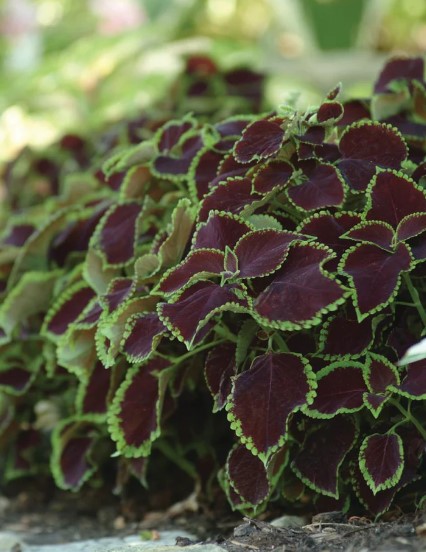
Coleus is a well-known house plant or garden plant that grows up to one meter tall. Their structure incorporates square stems and small, blue, two-tipped flowers borne in spikes. Their leaves often contain colorful patterns in colors of magenta and green. There are other combinations of leaf colors developed over time.
Things to consider before planting coleus plant
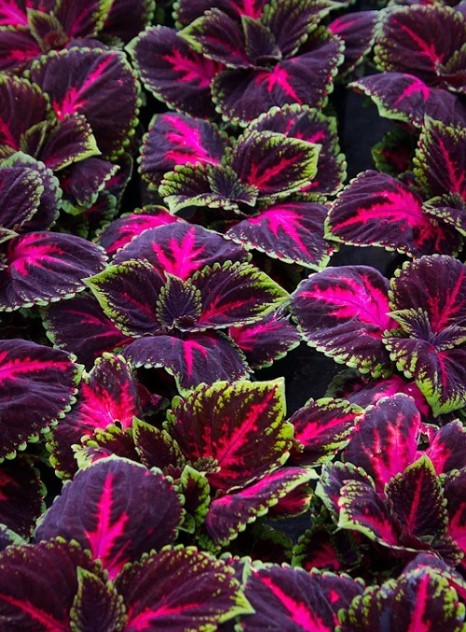
The coleus plants are easy to grow in your home or the garden. They are not the same shade plants anymore, as the heat and sun-tolerant varieties have developed over time. You can find the sun tolerant varieties at the nursery, or you can buy coleus seeds and grow a new plant from them all by yourself. Coleus plant is easy to grow and looks beautiful with its brightly colored leaves in patterns, which makes them one of the most popular choices for outdoor and indoor planting. Technically, the coleus plant is grown as an annual because it is a tender tropical plant and cannot tolerate even the slightest exposure to frost.
Coleus plant blooms with tiny white or bluish flowers any time of the year. If you are growing a plant by cutting, then it might not flower as often. One thing that you should know about the coleus plant is that while they are non-toxic to humans, the essential oils contained in the plant are poisonous to dogs, cats, or other animals. Also, its sap can cause minor skin irritation when your bare skin comes in contact with the plant.
How to grow a coleus plant?
You can start the coleus seeds indoors before 8-12 weeks of the last frost. The plant grows easily at a minimum 60 degrees temperature. The plant needs the right amount of sunlight for the leaves to grow at their best. Ensure that the plant receives morning sun and partial sunlight in the afternoon. The plant with darker leaves variety needs more sun than the plant with brightly colored leaves.
Choose a wind-protected area to protect the plant’s semi-succulent stems from breakage. Before planting the plant directly into the garden, it needs to be hardened off to the light and temperature conditions of the site of planting.
For planting the coleus plant, you will need to amend the spot with compost or other rich organic matter. Place the root ball in the hole you dig in the ground without causing much disturbance to the roots of the plant. Water thoroughly to ensure there is no air space left near the roots.
These plants grow well with occasional pinching and pruning of the tips. Coleus is mainly grown for its vibrant leaves, so don’t waste the plant’s energy in flowering the plant.
-
The top benefits of buying flower seeds online
Have you been wondering if it is worth buying seeds from online stores? Today, I will clear the doubts you might have regarding buying flower seeds online. If you love to grow plants but cannot make the time to go outside and buy seeds or young plants from offline stores, buying flower seeds online presents the perfect alternative to it. Many people start growing plants, as watching a plant grow from the seeds has a calming effect on their minds. There are many instances where people depend on gardening as a form of therapy to manage their mental health.
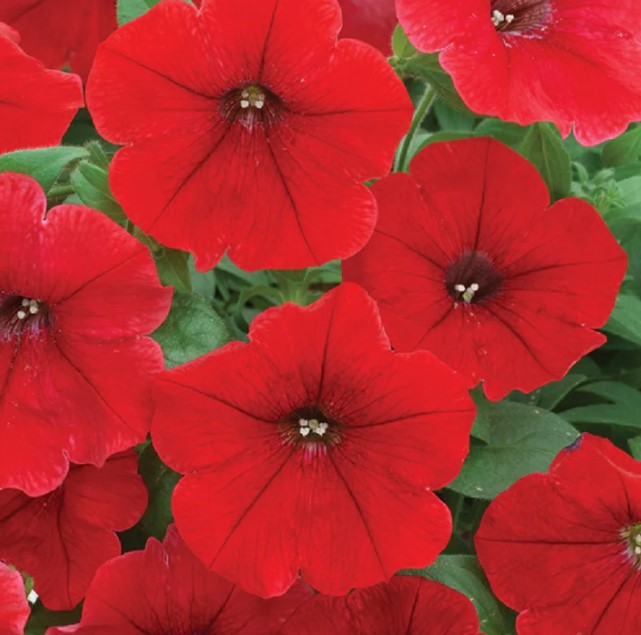
You can check out some of the most popular flower seeds selling websites to buy trailing petunia seeds and lisianthus seeds for sale. There are so many varieties and options available for you to choose from. Online seed-selling websites are probably a gardener’s dream come true as it enables them to buy seeds for various flowers without having to step out of the home.
Here are some other advantages of buying seeds online:
Great deals on the best quality seeds
The online seed-selling websites provide high-quality seeds with a higher germination rate at affordable prices. The quality of seeds is crucial to growing healthy plants with good bloom. At the online website of seed sellers, you can buy seeds at wholesale prices and won’t be disappointed. It provides you the best value for your investment when you see gorgeous blooms beautifying your garden.
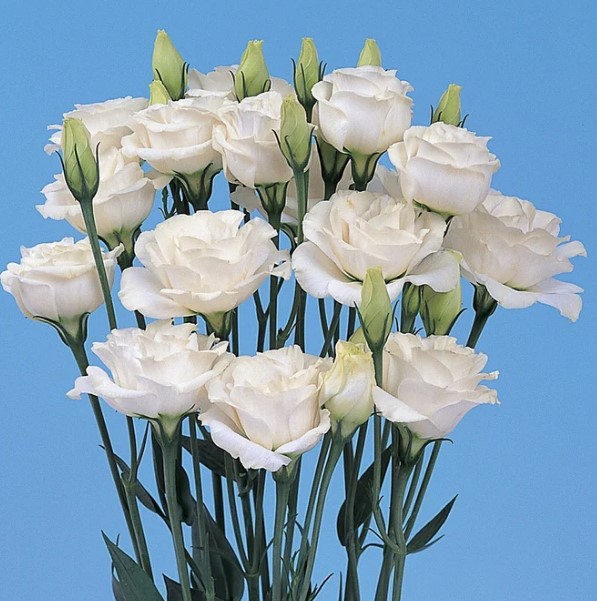
It is convenient
Online shopping for seeds is very convenient, as you do not have to step out of your home or even move from your place to buy the seeds of your favorite flowers. All you need is an internet connection and your smartphone, and you can make your purchase online. Another advantage is that you get all the varieties you need in one place, so you don’t have to move from one shop to another to get your hands on the ones which are not readily available at offline shops.
Quality assurance
This is probably the best thing about buying seeds from online platforms is that you get quality assurance on the product. The seeds, which are available for you to purchase online, are made available only after a thorough process of quality checking and testing. You get all the seeds as specified in the description on their website in a neatly packed package. All you need to do is add the ones that you need in your garden to the card and proceed to checkout with your hamper of happiness.
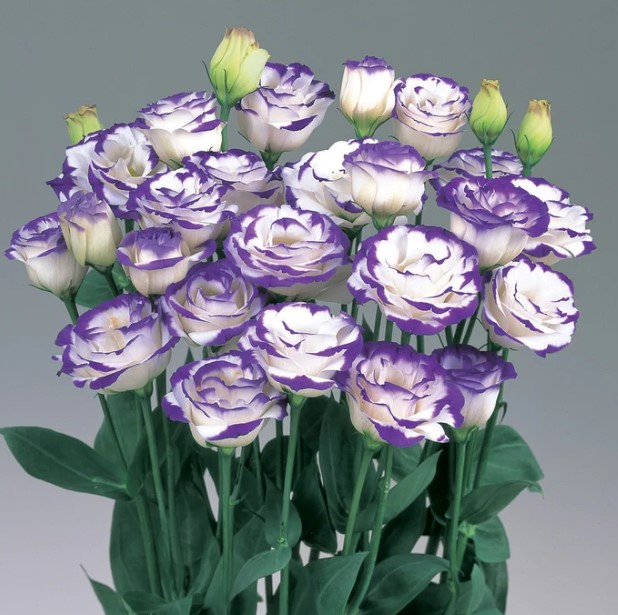
Conclusion
The popularity of online seed selling platforms substantially depends on their refund and return policies in case there are some issues with your order. Many reputed online platforms provide efficient customer care services to cater to all your requirements. You can clear your queries with them regarding the purchase of seeds from their online store.
-
Your Guide to Growing Primula from The Seeds
Primula, which is famous as primrose, is a perennial herb plant that grows exponentially well in cool temperatures. You can easily grow them with primula seeds in rich soil and plant them in your garden directly. You can also plant them in various other areas, including woodland areas, flower beds, and greenhouses.
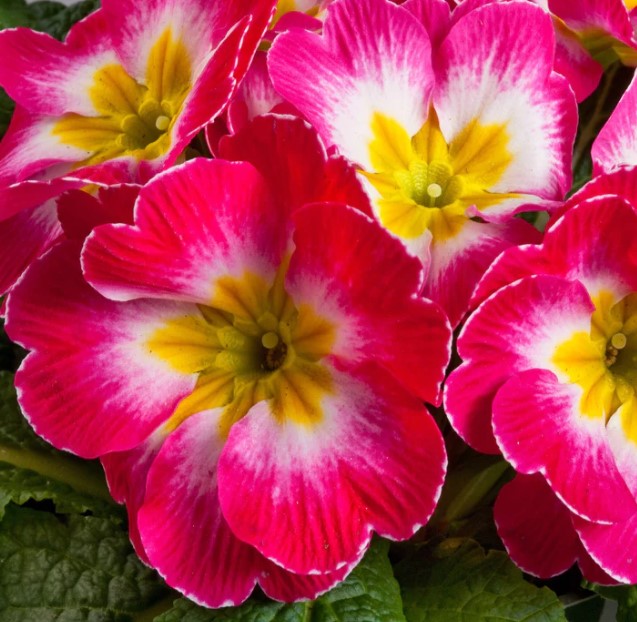
Primrose is also cultivated through various mediums, including root division and transplant. You can get primula seeds from an online shop or can harvest the seeds from existing primula plants. To grow the primula plant from seeds you will need to invest a significant part of your time till the complete germination process.
Let’s get to the steps involved in growing a primrose plant from the seeds:
- Take the seed tray and place it on a flat surface. Now you will need cocopeat or seed compost to use as a growth medium. Spread a layer of peat or compost at the bottom of the tray up to 1” and pat it firm.
- Place the primula seeds on the seedling tray over the layer of peat while maintaining a distance from them. You need to spread the seeds on the peat layer such that there is only one seed per square inch.
- Press the seeds gently to set them on the compost surface. Remember, primula seeds tend to be sticky so try not to hold them in your hands for a longer period.
- Now, sprinkle a thin layer of vermiculite over the seedlings till the primula seeds are slightly visible.
- Water the seedlings thoroughly until the consistency of the mixture starts to stick to your fingertips while pressing the surface slightly.
- Cover the seedling tray with a seedling tray cover and place it in a location that receives medium sunlight. You need to keep the seedlings at a consistent temperature of under 68degrees Fahrenheit.
- The seeds will start to germinate within three weeks, and then you can remove the seedling tray cover.
Let the seedlings grow for a couple of weeks more into the seedling tray, and then you can start with the transplantation process. All you need is, several small pots with drainage holes and a mixture of garden soil and compost. After the transplantation of Primula seedlings into small pots, you will need to let them grow for four to five weeks. Maintain proper moisture and temperature of over 70 degrees Fahrenheit during this phase of growth.
You can transplant the primula plant to other bigger containers at 8 to 10 weeks of age.
Conclusion

Primula plants look beautiful during the bloom and require the necessary care for healthy growth. Be very careful while separating the seedlings from the seedling tray and placing them into small pots. These plants flourish in cold temperatures and look beautiful on the sidewalk and garden trails.
-
Subscribe
Subscribed
Already have a WordPress.com account? Log in now.